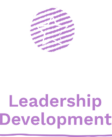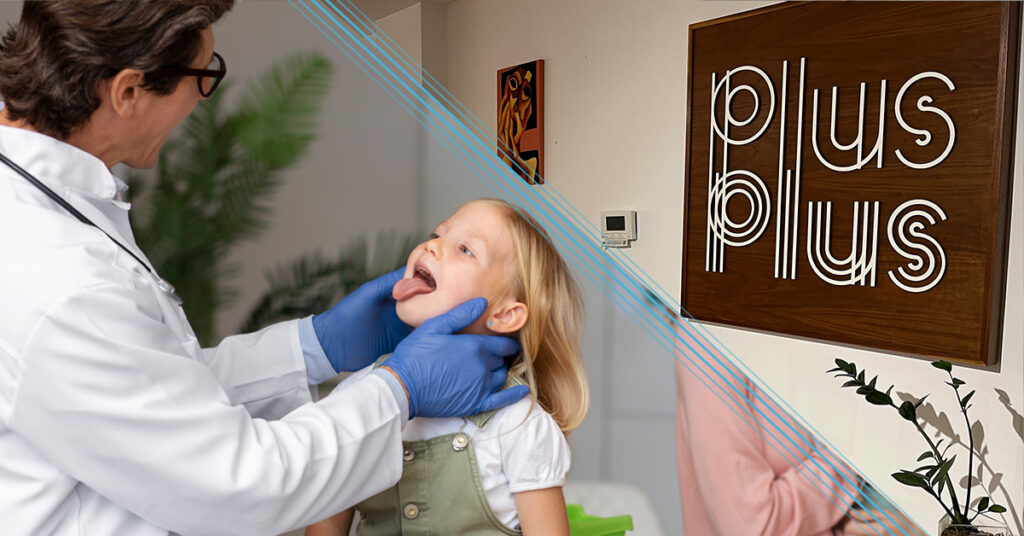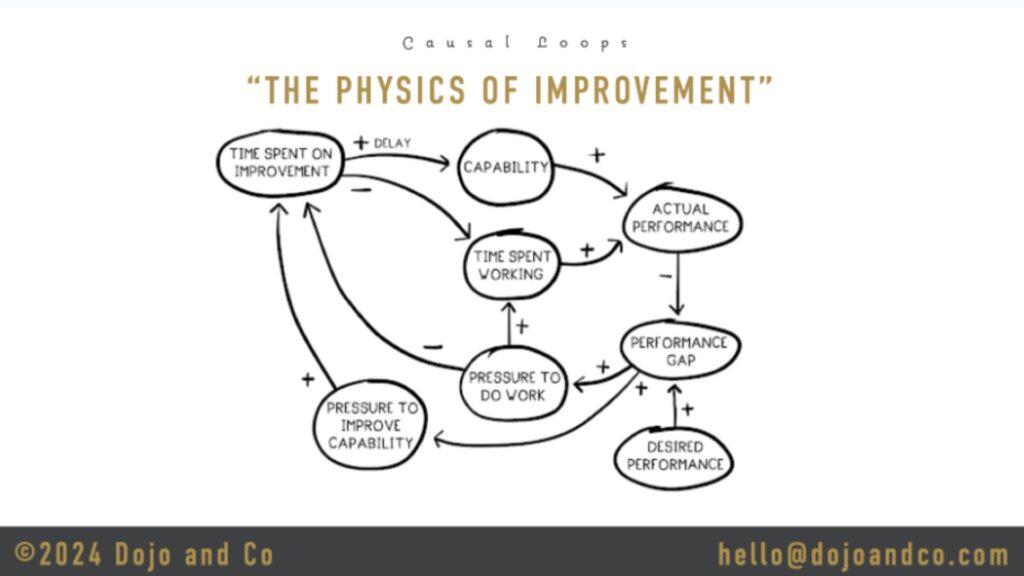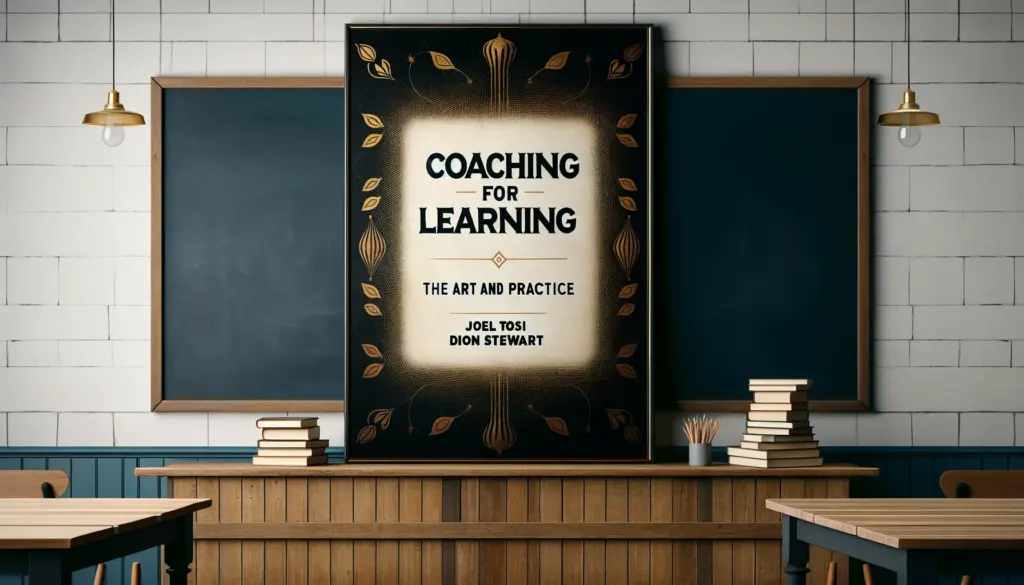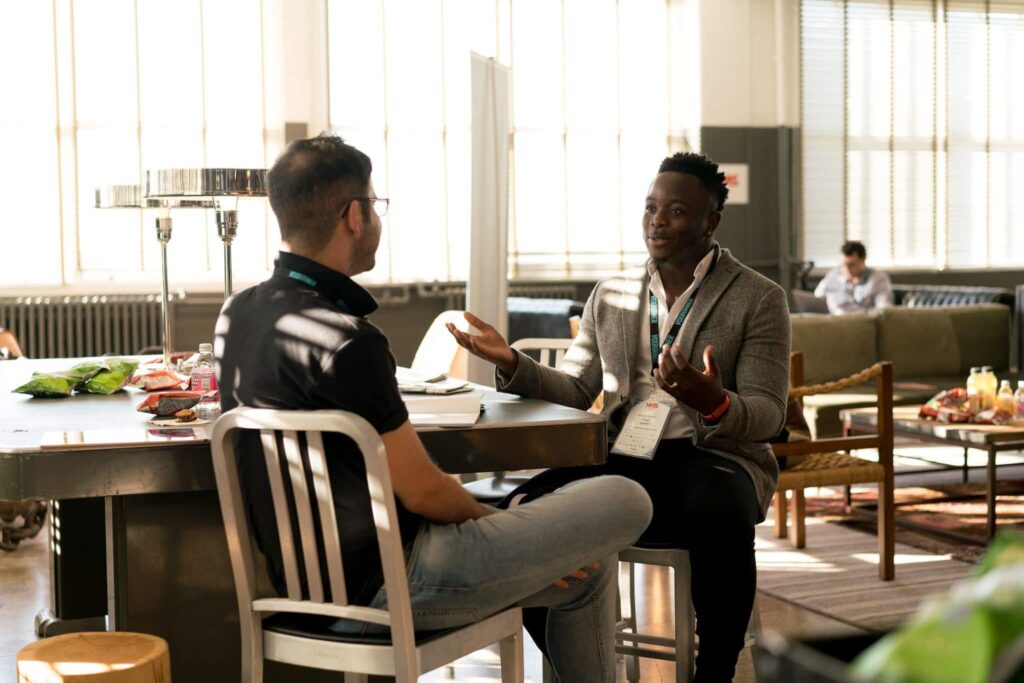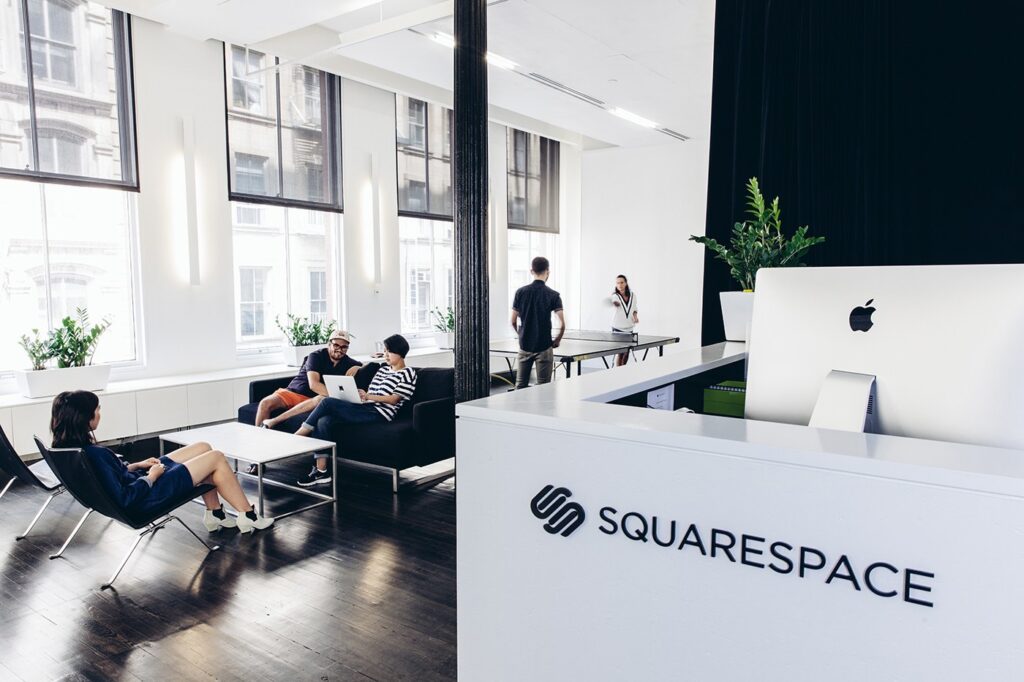One of our TechKnowCon event covered one of the most important aspects of the Tech Enablement industry: mentorship and coaching. We pulled in experts from LinkedIn, Instacart, DropBox, and Expedia Group to share what’s been resonating with their teams.
This is a subject vital to numerous tech companies, as it touches on every aspect of an employee’s career, from their first days as a new employee through the experiences that allow them to grow their careers and consider opportunities in senior management. Mentorship and coaching are about making connections, growing skill sets, and retaining veteran employees.
Here are a few takeaways from the discussion.
“Mentorship” and “Coaching” are not synonyms
Our panelists were quick to clarify that they are specific on the terms they attach to these scenarios. “I like to look at it from the perspective of who are you engaging with and why,” said Andrew Dagg, a Program Manager on the People Development Team at Instacart. “With mentorship, I look at it as engaging with a peer, somebody else in the organization who has previous experience in what you’re looking to engage with, whether it’s skill specific or career progression. Coaching is more about working with a specialist. And that’s how we define those two different things. It’s a question of whether you’re working with someone more internally focused versus someone more career and skill focused.”
Over at Dropbox, they have a slightly different take. According to Karlee Pierce, who works as an Executive and Team Development Lead for the company, “Mentorship is more about relationship building, connection, and meaningful network integration, whereas we think about coaching as something more specific. It’s time bound; there are more parameters and it’s about facilitating deep insight and deep listening that enables leadership development and behavior change. Coaching is more unencumbered, where mentorship tends to be more functional skill and community focused.”
The best companies make onboarding thoughtful and expansive
Onboarding is often an area that doesn’t get much in the way of creativity or flexibility. Our panelists painted a different picture, though.
“We have two different types of onboarding, depending on the stage of your career,” said Holly Lee, a Software engineer on the L&D team at Expedia Group. “We have an early careers program, so if you’re an intern or if you’re just graduated from college, you will have a buddy that is assigned to you. They will be someone who is also early in their career but is a little ahead of you, maybe they’ve been there a year or so, and they can provide you guidance on what to do. But then if you’re a bit more seasoned and you’re joining Expedia for the very first time, your manager is expected to identify a few touch points and key people that you’re supposed to be working with. So we have a navigator system where you could have one person who is navigating you as you onboard onto their team, but then also you may have another type of navigator that is more functional based, that will help coach you on your role, but who might not necessarily be specifically on your team.”
For its part, Instacart has fully absorbed the importance of being proactive about onboarding.
“From the moment that someone signs their offer, we’re trying to connect them with a buddy,” says Dagg. “We have system that prompts managers to select buddies for each new hire and provide a checklist to them of what should be covered in their first 30 to 90 days. Once the manager selects a buddy, it gets communicated both to the new hire as well as to the buddy themselves. This is also paired with details of what we expect them to do, such as best practices. A buddy will work with a new hire for their first few months and actually be able to support them in their role.”
A little technology helps ongoing coaching
The culmination of the onboarding process does not mean that employees cease to need help overcoming novel challenges. Office hours and situational coaching often assure ongoing productivity and can be facilitated with easy technologies that many companies already use.
“At Expedia, we have specific help channels such as ‘Ask Slack’”, said Lee. “A lot of people internally know to flock to that room if they have any questions. If there is a very specific thing that they’re trying to get done, or maybe they’re reporting issues, they can monitor that chat and see what’s going on and get live help. And if what they’re working on is more complicated than something that you can work with directly in text, then they can hop onto zoom or some other method and really try to debug the situation and figure out what’s going on.”
“We have traditional office hours for various things,” said Pierce, “but as far as situational coaching, we do something that’s been really successful. It’s an internal program we call, ‘Coaches Corner’, and it offers spot coaching. So pretty much anyone at Dropbox can come for 30 minutes to an hour for a session with a coach and bring whatever problem they have. It could be something about a project, or it could be career related. It could really be anything that’s top of mind for which they need that external perspective. We use a system to support intake and delivery of these sessions.
It’s geared towards having a coach as a sounding board to facilitate fresh perspective and new insight that’s actionable. We’re big on democratizing coaching, and this is one of those ways of doing it. It requires some investment but creates a huge impact.
– Holly Lee | Software Engineer (L&D), Expedia Group
Setups for employees seeking out their own career mentors
“At Expedia, we really believe that a person who wants to get mentored is typically going to oversee their own career,” said Lee, “and that they would be actively seeking out a mentor. And so we provide a lot of different ways to search for a mentor. We launched a system last month, and it is basically a showcase of all the mentors that are willing to work with others. It allows you to see the skills that they’ve offering. It’s a directory where you’re able to see a person’s profile, and it includes a section where they talk a bit more about themselves. And the expectation is that, as a mentee, if you find a person there that you really want to get to know, you’re supposed to reach out and meet with them. Mentors will sign themselves in and set themselves as active. If they are at capacity, then they will turn themselves off, but obviously their profile is available and they will manage their own meetings and invites.”
Over at LinkedIn, they take a slightly different approach, encouraging both mentors and mentees to fill out profiles about themselves before engaging in auto matching.
“When we look at mentorship, we try to do it in a self-service approach,” said Natalya Lemchuk, a Product Manager on the Enterprise Productivity Engineering Team at LinkedIn. “So what we focus in on is enabling our employees to take ownership of their own career development. We provided them with a platform where they can update their profiles with their skills – hard skills, soft skills, and personas. We encourage our mentees to go in and do the same thing for themselves. And then we do auto-matching within the platform. And what we’re finding is that these connections are meaningful for career development.”
There is no single way to organize peer group forums
Both Expedia and LinkedIn see the power in self-organized forums where peers come together to share their expertise
“One thing that has been very successful for us has been engineering type of topics,” says Lee. “So, for example, we have one group that specifically revolves around machine learning. They’ll get together, and everyone who’s in that group wants to learn more about the most cutting edge thing within the field. They have a couple of leaders within that group that will either present amongst themselves about something that they’ve done internally, or they may bring in someone else they’ll all learn together. One of the great things about this is how every group is getting together to kind of sharpen their own skillset. It’s a great way for folks to organize themselves throughout their own career. People can be in multiple groups and carve out their own paths.”
At LinkedIn, they make it possible for mentorship groups to morph into peer group forums.
“We have the option to create events to handle peer group forums,” said Lemchuk. “So let’s say you’re mentoring five mentees and you recognize that there’s a common thread, a common topic, and that there needs to be some upskilling involved. You can schedule an event and invite those individual people to come, but you can also open it up to others who may be interested in learning more about that topic. This helps the folks you’re mentoring, but it also brings in a whole new group of potential mentees or mentors in the future. So a mentee can easily convert to a mentor of someone else on that same topic once they themselves have been mentored. So it kind of keeps that life cycle going
Measuring success is an ever-evolving work in progress
All of our panelists acknowledged the importance of using metrics to gauge the effectiveness of their work. They also agreed that identifying which metrics to use is not always the easiest task.
“We look at a few things, though it’s not perfect,” said Dagg.
We look at the split between mentees and mentors in terms of how many people are registering. This is important to us because there are sometimes capacity issues, and we want to make sure that we’re well balanced and no one gets left behind. All our programs are opt-in based; you don’t get put in by your manager. In addition to that, we do surveys around sentiments. We know each person is going to have a specific goal in mind, so are they making progress towards that or not? And then we also look at overall match quality. We ask if the person that we paired you with was good quality and helped with what you were looking for. And then, finally, we ask about the quality of the resources we shared with you.”
At Dropbox, they see these metrics as a possible window into employee satisfaction and retention.
“We use a lot of similar metrics,” said Pierce.
We ask if people are learning something that actually applies to their job, something that they can use in their day to day tasks.
– Karlee Pierce | Executive and Team Development Lead, Dropbox
She adds, “the predictive analytics piece, though, is really interesting, and it’s something we’re looking to dive into a lot more. We’re curious about the way people are engaging with L&D more broadly and what that means for big stats like satisfaction and likelihood to stay at the company.
I think, for us, it’s a lot of figuring out what it all means. We have all this data, we’re tracking these things, we have these surveys, but what does it mean for how we make choices and how we can be strategic about growing our people. The predictive analytics piece is an emerging focus for us.
– Karlee Pierce | Executive and Team Development Lead, Dropbox
With the advent of work from anywhere over these last two years, it’s perhaps more important than ever that companies get a handle on how to create connection and community amongst their workforce. As these companies demonstrate, it’s possible to use Tech Enablement strategies to facilitate many different forms of mentorship and coaching. In the process, they are able to monitor and, hopefully increase employee satisfaction and retention.
